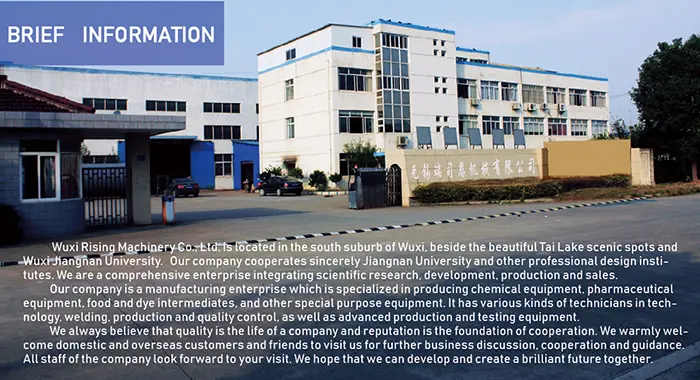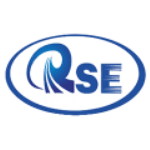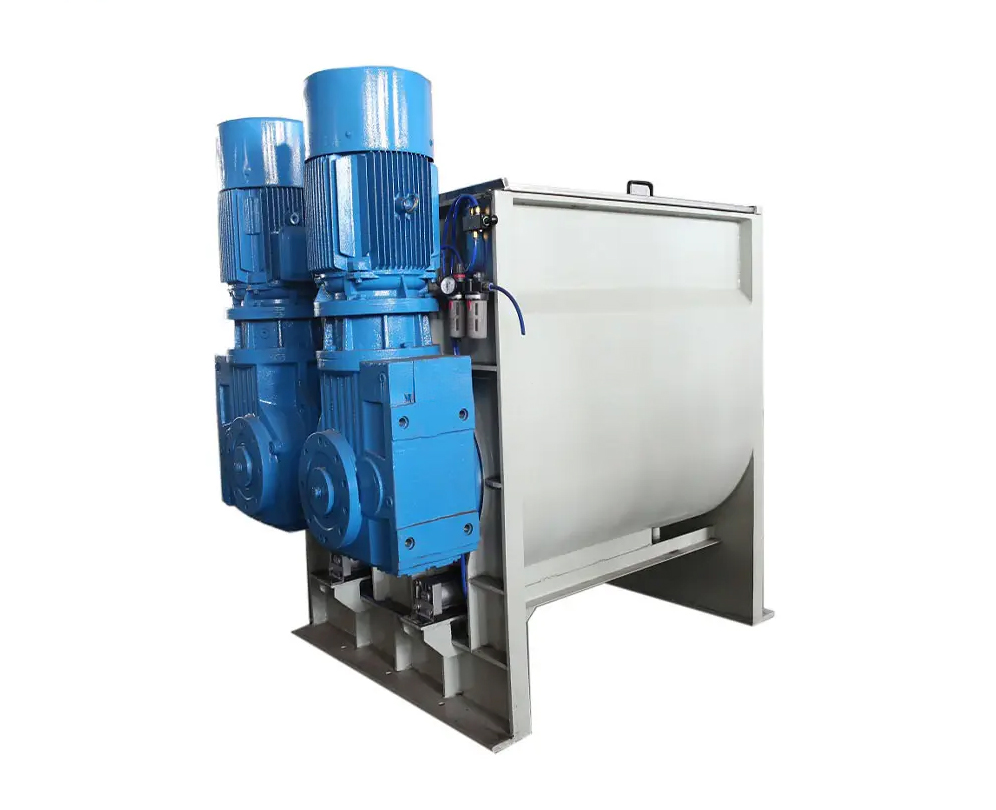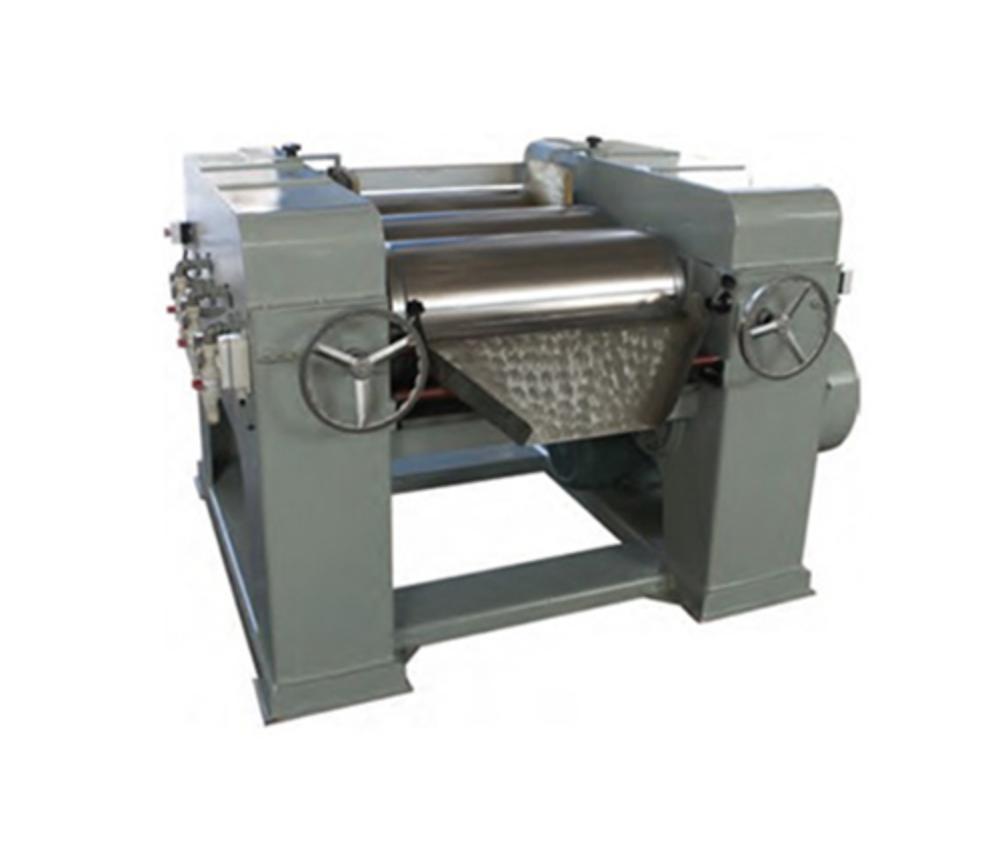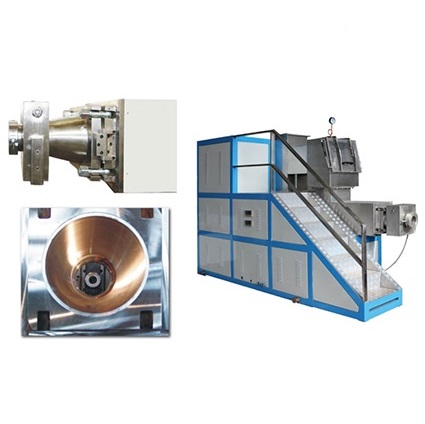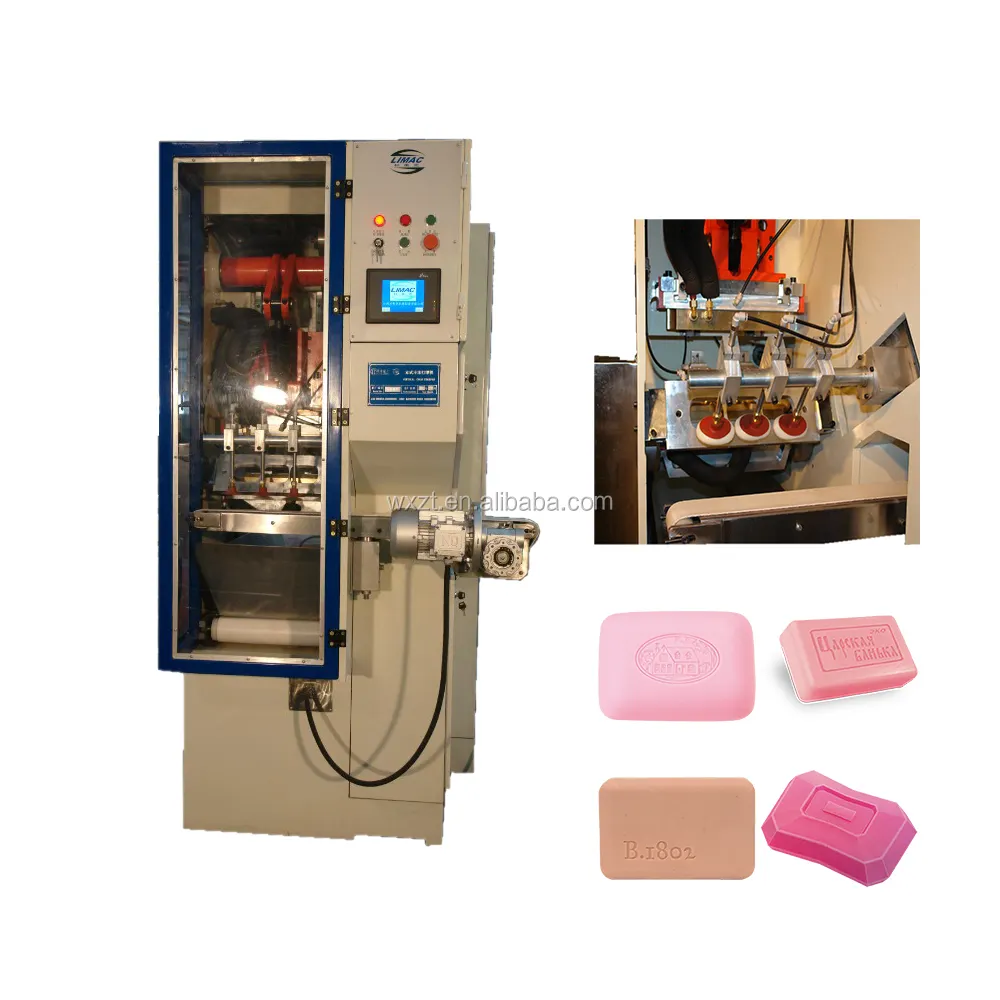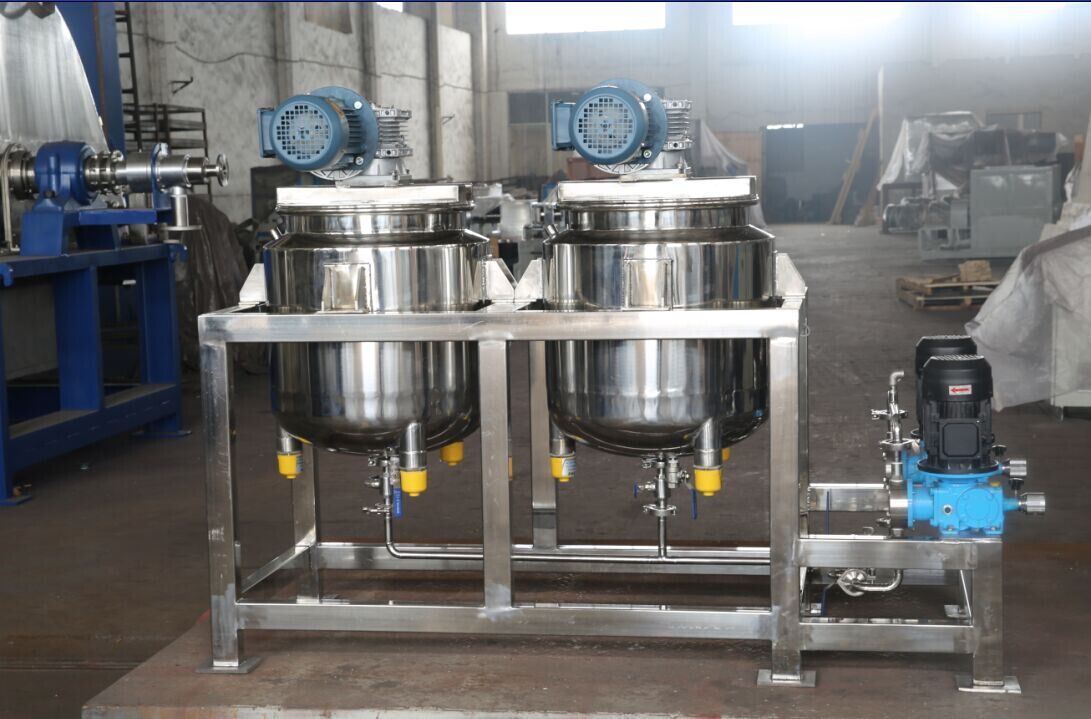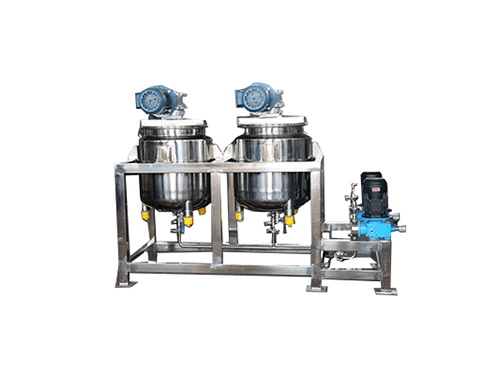
The salt iodizer, as a key upgrade in the modern salt production process, is designed to integrate efficiently and seamlessly with existing production lines. This innovative equipment is not only required to accurately perform the task of adding additives, but is also committed to promoting the quality of the entire salt production industry through technological innovation.
The core competitiveness of our salt iodization machine lies in the use of advanced liquid solution technology. This technology skillfully overcomes the problem of unevenness that may occur during the mixing process of solid additives, and through a precisely controlled liquid form, key ingredients such as iodine, fluorine and anti-caking agents are uniformly and delicately penetrated into each salt crystal.
Key Features
- Liquid Solution Technology
- Description: The salt iodization machine employs a liquid solution technology to incorporate additives into the salt. This technology involves the preparation of a liquid solution containing the desired additives, which is then mixed with the salt during the production process.
- Advantages:
- Uniform Distribution: The liquid solution ensures that additives are evenly distributed throughout the salt crystals, achieving a consistent product.
- Enhanced Quality: Meets rigorous food safety standards and ensures that the final salt product is fortified with essential nutrients.
- Additive Types
- Iodine Addition:
- Purpose: To prevent iodine deficiency, which can lead to thyroid disorders and other health issues.
- Process: Iodine is added in the form of a liquid solution, ensuring it is thoroughly mixed with the salt.
- Fluorine Addition:
- Purpose: To promote dental health by preventing cavities and strengthening tooth enamel.
- Process: Fluorine is added to the salt using a liquid solution, ensuring even distribution and effective fluoridation.
- Anti-Caking Agents:
- Purpose: To prevent salt from clumping together, ensuring it remains free-flowing and easy to use.
- Process: Anti-caking agents are mixed with the salt using the liquid solution technology, maintaining the salt’s usability.
- Iodine Addition:
- Precision and Control
- Description: The machine is equipped with advanced dosing and control systems to ensure accurate additive levels.
- Advantages:
- Accurate Dosage: Guarantees the correct amount of each additive is mixed with the salt, adhering to nutritional standards.
- Adjustable Settings: Allows customization of additive levels based on specific production needs, ensuring flexibility and adaptability.
- Integration with Salt Production Line
- Description: Designed to be compatible with various salt production systems, the machine can be integrated seamlessly into existing processes.
- Advantages:
- Streamlined Operation: Facilitates efficient incorporation of additives into the salt production process, enhancing overall productivity.
- Continuous Operation: Supports high-capacity production lines, minimizing downtime and maintaining a steady workflow.
- Quality Assurance
- Description: The machine is built to ensure the highest quality and safety standards in the final salt product.
- Advantages:
- Food Safety Compliance: Adheres to international food safety regulations, ensuring the salt meets health standards.
- Consistent Product Quality: Provides reliable additive levels, resulting in consistent product quality.
- User-Friendly Interface
- Description: Features an intuitive control panel for easy operation and monitoring.
- Advantages:
- Ease of Use: Simplifies operation, reducing the need for extensive training and ensuring that operators can efficiently manage the machine.
- Real-Time Monitoring: Offers real-time data on additive levels and process performance, allowing for prompt adjustments and maintenance.
Advantages of the Salt Iodization Machine
- Enhanced Nutritional Value:
- Description: Fortifies salt with essential nutrients like iodine and fluorine, improving public health.
- Impact: Contributes to the prevention of nutritional deficiencies and supports overall well-being.
- Improved Product Quality:
- Description: Ensures consistent and high-quality salt by preventing clumping and maintaining free-flowing properties.
- Impact: Enhances the usability and performance of salt in various applications, from household use to food production.
- Energy and Cost Efficiency:
- Description: Designed to operate efficiently with minimal waste and energy consumption.
- Impact: Reduces operational costs and supports sustainable manufacturing practices.
- Compliance with Standards:
- Description: Meets international food safety and quality standards, ensuring the salt is suitable for consumption and trade.
- Impact: Facilitates market entry and consumer trust by adhering to regulatory requirements.
- Ease of Operation and Maintenance:
- Description: Features a user-friendly interface and easy maintenance procedures.
- Impact: Simplifies operation and reduces downtime, improving overall productivity.
Applications
- Salt Production:
- Uses: Iodization of table salt, addition of fluorine for dental health, incorporation of anti-caking agents.
- Benefits: Enhances the nutritional value and quality of salt, ensuring it meets health and safety standards.
- Food Industry:
- Uses: Ensures that salt used in food production is fortified with essential nutrients and free-flowing.
- Benefits: Supports compliance with food safety regulations and improves product quality.
- Household and Commercial Use:
- Uses: Provides consumers with high-quality, fortified salt for cooking and seasoning.
- Benefits: Contributes to better health outcomes and user satisfaction.
- Export Markets:
- Uses: Meets international standards for iodized and fortified salt, facilitating global trade.
- Benefits: Expands market reach and complies with export regulations.
Installation and Maintenance
- Installation:
- Site Preparation: Ensure the installation site is clean, level, and has adequate space for the machine and associated infrastructure.
- Assembly: Follow manufacturer guidelines for proper assembly and integration with existing production systems.
- Calibration: Calibrate the machine to ensure accurate additive dosing and distribution.
- Maintenance:
- Routine Cleaning: Regularly clean the machine to prevent residue buildup and maintain hygiene. Pay special attention to areas in contact with additives.
- Inspection: Conduct periodic inspections to check for wear, damage, and overall performance. Replace worn or damaged parts as needed.
- Lubrication: Apply lubrication to moving parts such as gears and bearings to ensure smooth operation and prevent friction.
- Adjustment: Monitor operational settings and adjust as needed to maintain optimal performance and product quality.
Safety and Compliance
- Safety Features:
- Overpressure Protection: Includes safety mechanisms to prevent damage from excess pressure.
- Leak Detection: Equipped with sensors to detect and address potential leaks, ensuring safe operation.
- Compliance:
- Food Safety Regulations: Adheres to international food safety standards, ensuring the salt product is safe for consumption.
- Environmental Standards: Designed to minimize environmental impact and support sustainable manufacturing practices.
